About 40 kilometers from Agra lies Fatehpur Sikri, a masterpiece of red sandstone built by Akbar. This short-lived Mughal capital is known for its grand structures such as Buland Darwaza, Jama Masjid, and Panch Mahal. Although abandoned due to water scarcity, Fatehpur Sikri remains one of the most well-preserved examples of Mughal planning and architecture.
Itmad-ud-Daulah – The Baby Taj
Often regarded as the precursor to the Taj Mahal, Itmad-ud-Daulah is a beautiful tomb built by Noor Jahan for her father Mirza Ghiyas Beg. This “Baby Taj” is the first Mughal structure made entirely of white marble and is adorned with delicate inlay work, paving the way for the Taj Mahal’s grandeur.
Mehtab Bagh – The Moonlight Garden
Situated across the Yamuna River, Mehtab Bagh offers a perfect view of the Taj Mahal, especially at sunset. Legend has it that Shah Jahan planned to build a black marble mausoleum opposite the Taj here, though the idea never materialized. Today, this garden is a serene retreat for travelers.
Akbar’s Tomb – Sikandra
In the outskirts of Agra lies Sikandra, where the tomb of Akbar the Great stands. Designed by Akbar himself, this mausoleum combines Hindu, Islamic, and Christian design elements—symbolizing his secular vision. The surrounding gardens add to the tranquil atmosphere.
Culture and Heritage of Agra
Agra is not just about monuments—it is also a city where heritage lives in every corner. The Mughal influence can still be seen in the city’s art, craft, and daily life. The local artisans carry forward centuries-old traditions of marble inlay work, carpet weaving, leather goods, and Mughal miniature paintings.
Festivals like Taj Mahotsav, celebrated every February, showcase the cultural vibrancy of Agra with folk performances, handicraft exhibitions, and culinary delights. This festival attracts artists and tourists from all over the world.
The Flavors of Agra – A Food Lover’s Paradise
Agra is a culinary delight, where Mughlai cuisine dominates the platter. From aromatic kebabs to rich curries, the food reflects the grandeur of the Mughal kitchens.
- Petha – Agra’s signature sweet, made from ash gourd, comes in multiple flavors including saffron and chocolate.
- Bedai and Jalebi – A popular breakfast combination where spicy lentil-stuffed bread is paired with crispy jalebi.
- Mughlai Delicacies – Seekh kebabs, mutton korma, biryanis, and butter chicken are a must-try.
- Street Food – Chaat, kachori, and dalmoth (a spiced lentil snack) make for quick bites.
Eating in Agra is not just about taste, it’s about reliving centuries of culinary heritage.
Shopping in Agra
Agra’s markets are a treasure trove for shoppers. The city is famous for:
- Marble Handicrafts – Intricately carved souvenirs inspired by the Taj Mahal.
- Leather Goods – From bags to footwear, Agra’s leather products are globally renowned.
- Handmade Carpets and Rugs – A tradition carried from the Mughal courts.
- Jewelry and Gemstones – Exquisite Mughal-style ornaments.
- Sadar Bazaar and Kinari Bazaar – Bustling markets for clothes, handicrafts, and street food.
Shopping in Agra offers a perfect mix of tradition and modernity.
Visitor Statistics & Best Time to Visit Agra
Agra remains a magnet for travelers from around the world, drawing approximately 5 million visitors to the Taj Mahal in the financial year 2022–23. Overall, the city and its monuments welcomed around 9.5 million tourists in 2019, reflecting the widespread appeal of its heritage.
Breaking this down, domestic (resident) visitors outnumber their foreign counterparts by a wide margin—6.1 million Indians visited the Taj Mahal in 2024, compared to 681,000 foreign tourists. On average days, the monument sees 15,000 to 20,000 visitors, but that number can swell to 60,000 in a single day during holidays, such as New Year’s Day. This makes it essential to plan your visit during times that suit you—whether that means traveling light to avoid crowds or traveling early to catch the monument in its serene beauty.
Best Time to Visit
- October to March offers ideal weather, cultural richness (with events like Taj Mahotsav in February), and stunning scenery—perfect for walking tours and photography.
- Travelling in March, October, or November gives you a sweet spot—good weather with fewer crowds and modest prices.
- July–September (Monsoon) brings relief from heat and fewer people but also humidity and potential rain delays.
- April–June (Summer) is the hottest time—if unavoidable, try early morning visits only, as extreme heat and packed monuments can make exploring tough.
In short, winters (October–March) are the peak season, while summers and monsoons are off-peak with lower tourist numbers.
How to Reach Agra
- By Air – The nearest airport is Agra Airport (Kheria), with limited flights. Delhi’s Indira Gandhi International Airport is the best option for international travelers.
- By Rail – Agra is well connected with major cities through Agra Cantt railway station.
- By Road – The Yamuna Expressway connects Delhi to Agra in just 3-4 hours, making it a popular weekend getaway.
Nearby Attractions
Agra’s charm extends beyond its boundaries. Travelers can also explore:
- Mathura and Vrindavan – The birthplace and playground of Lord Krishna, just 60 km away.
- Bharatpur Bird Sanctuary – A paradise for birdwatchers, located 55 km from Agra.
- Gwalior Fort – A historical gem in Madhya Pradesh, about 120 km away.
Travel Tips for Visitors
- Always hire authorized guides to avoid scams.
- The Taj Mahal is closed on Fridays—plan your visit accordingly.
- Carry water, especially in summers, as the heat can be intense.
- Buy handicrafts only from government-approved emporiums for authenticity.
- Keep enough time in your itinerary for both Agra Fort and Fatehpur Sikri—they deserve dedicated exploration.
Conclusion
Agra is more than just the Taj Mahal—it is a city that captures the grandeur of the Mughal era, the romance of eternal love, and the vibrancy of Indian culture. Every monument, every dish, and every market lane adds a new dimension to its story. Whether you are a history lover, a foodie, a shopaholic, or simply a traveler seeking beauty, Agra offers an experience like no other.
A journey to Agra is a journey into the heart of India’s cultural and historical heritage. Once you set foot here, the magic of Agra will stay with you forever.




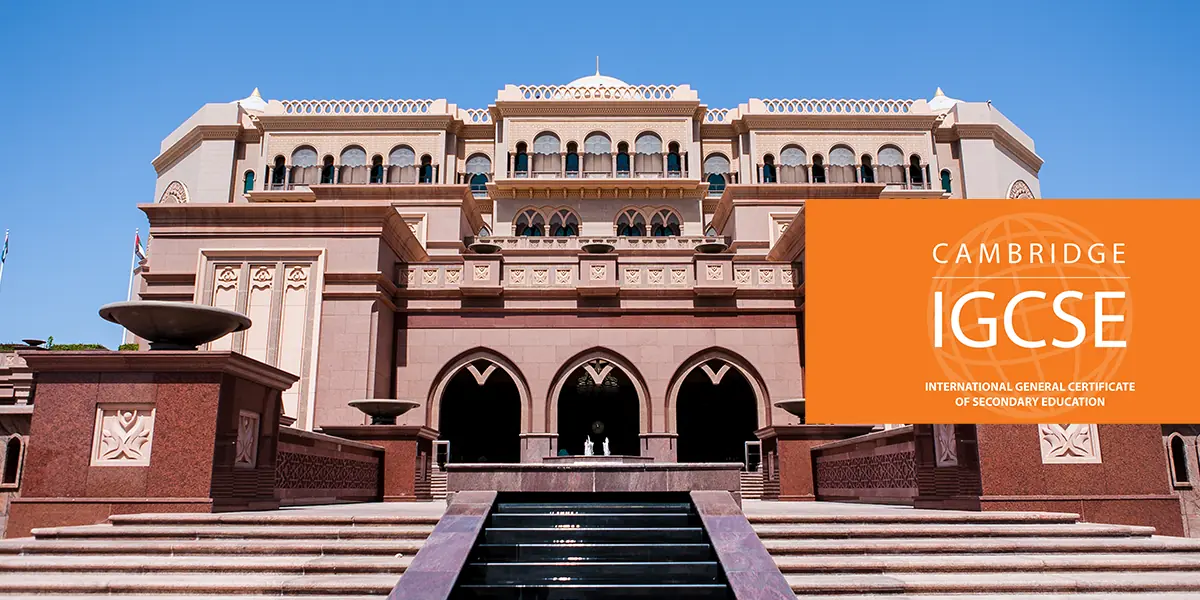











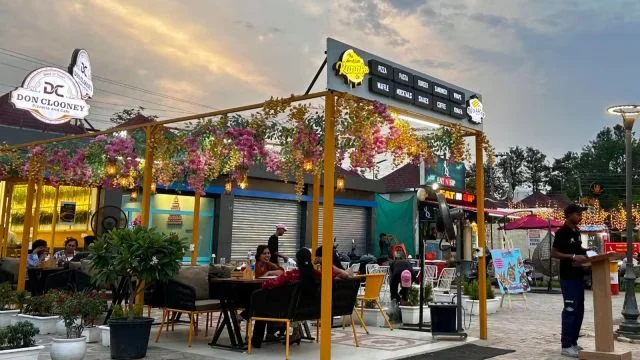




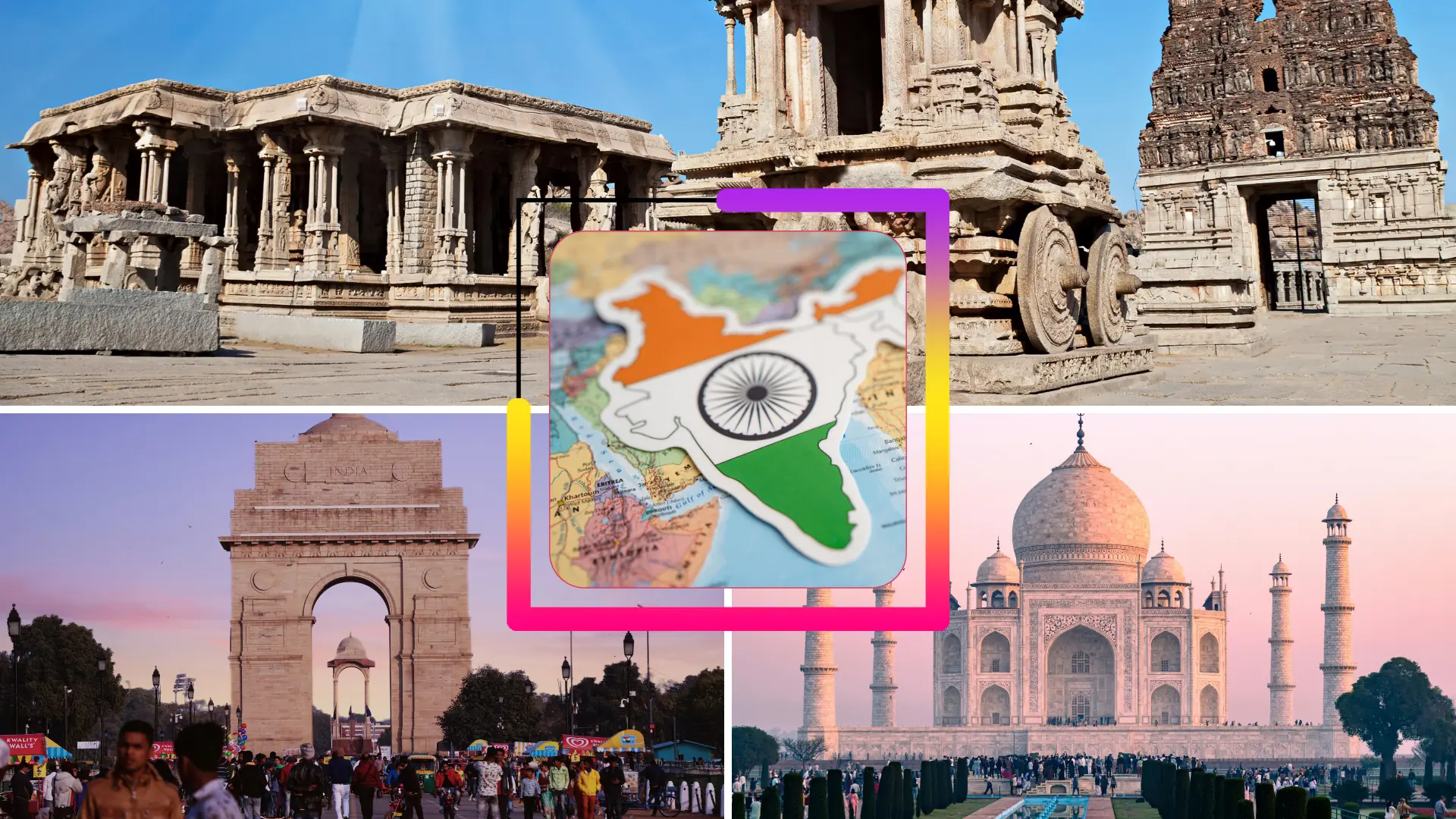










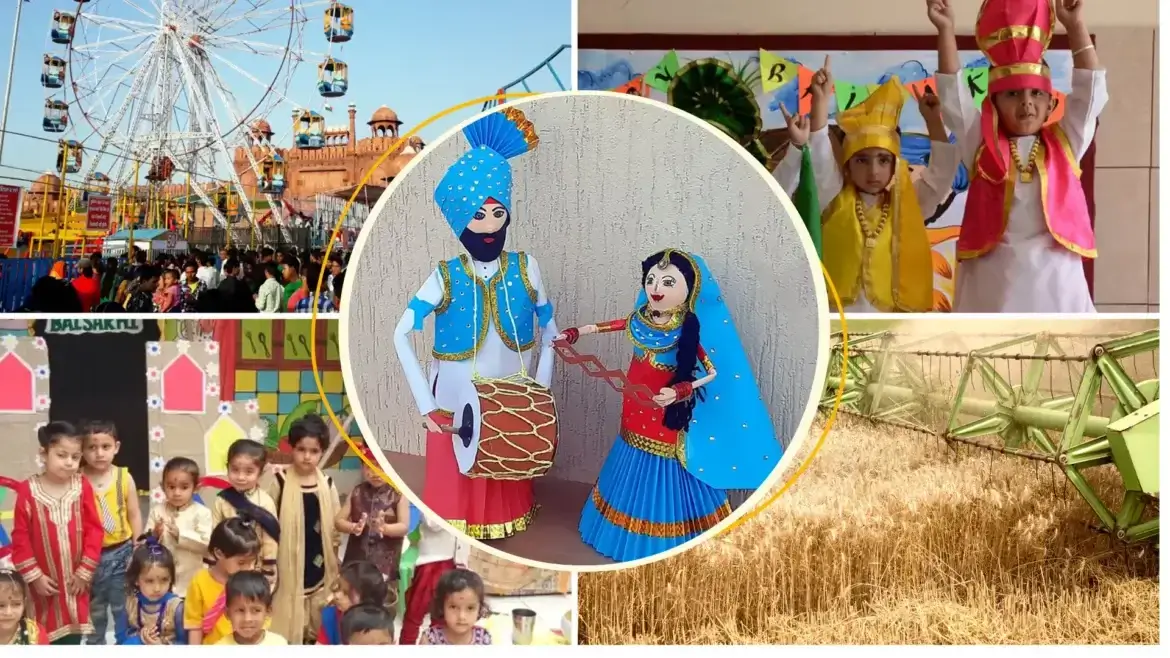


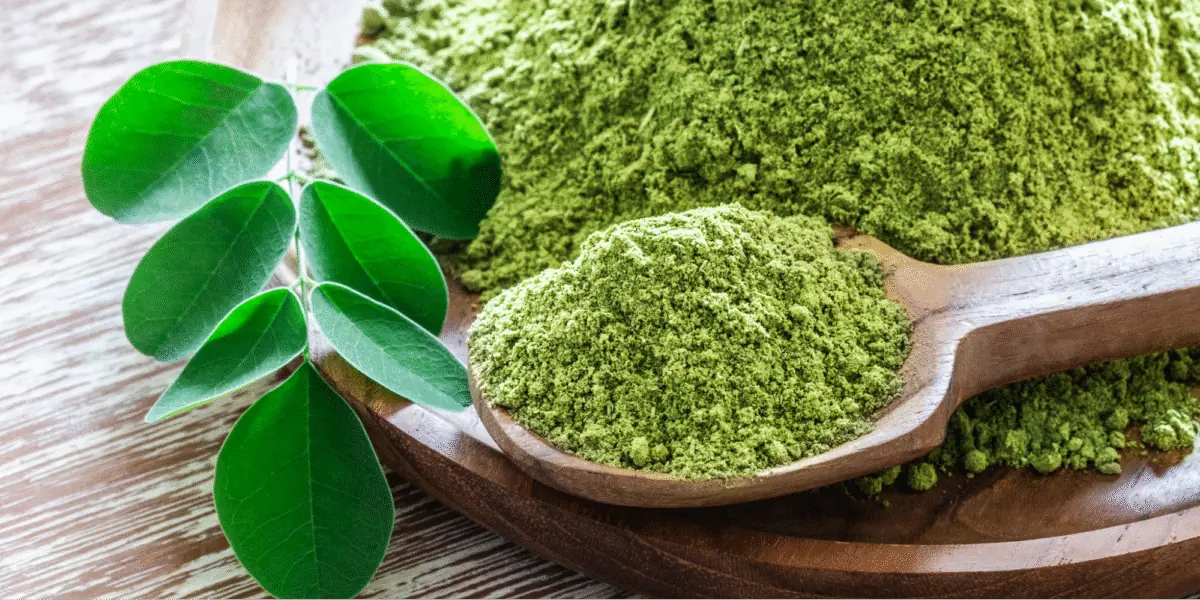







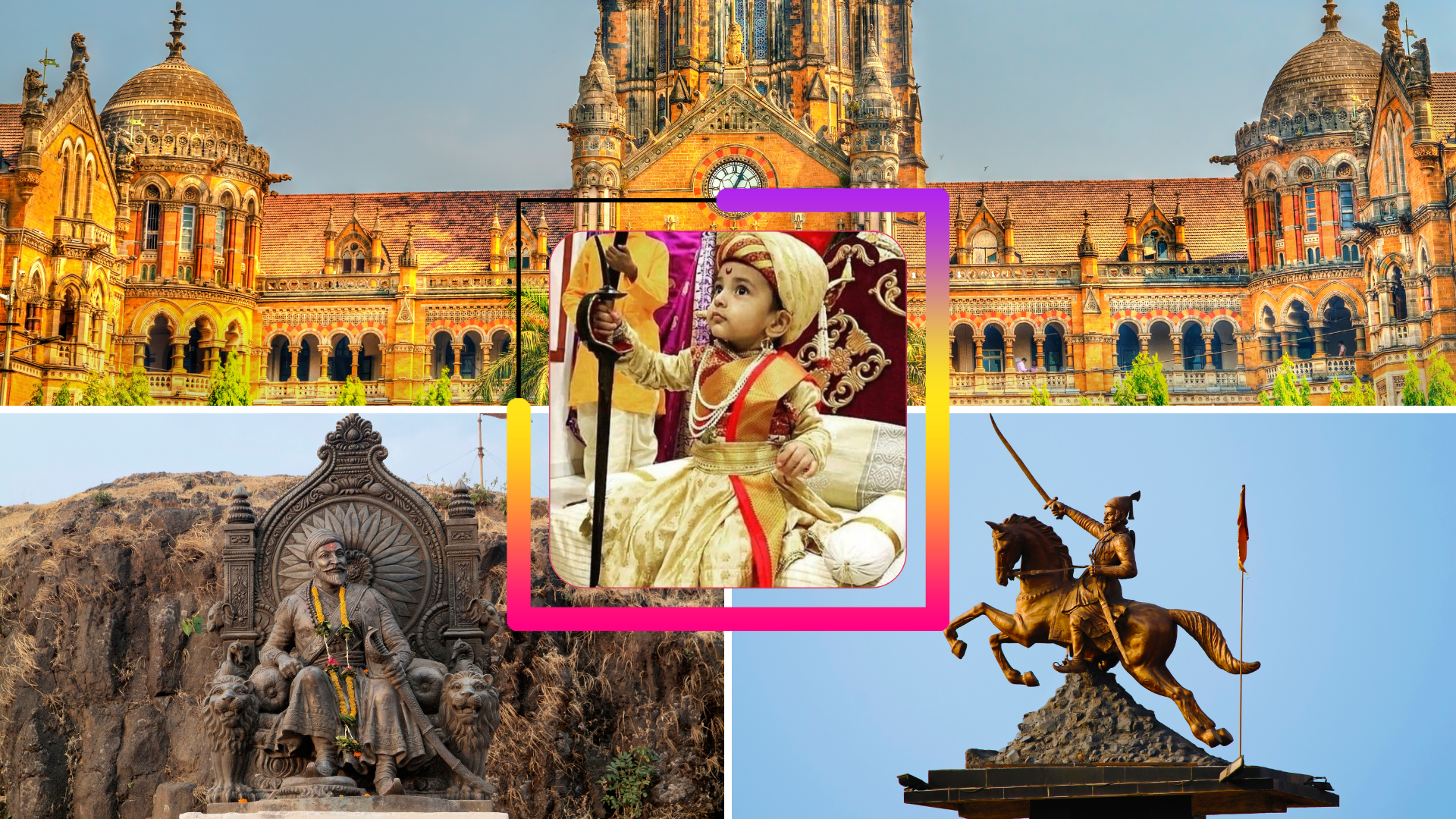

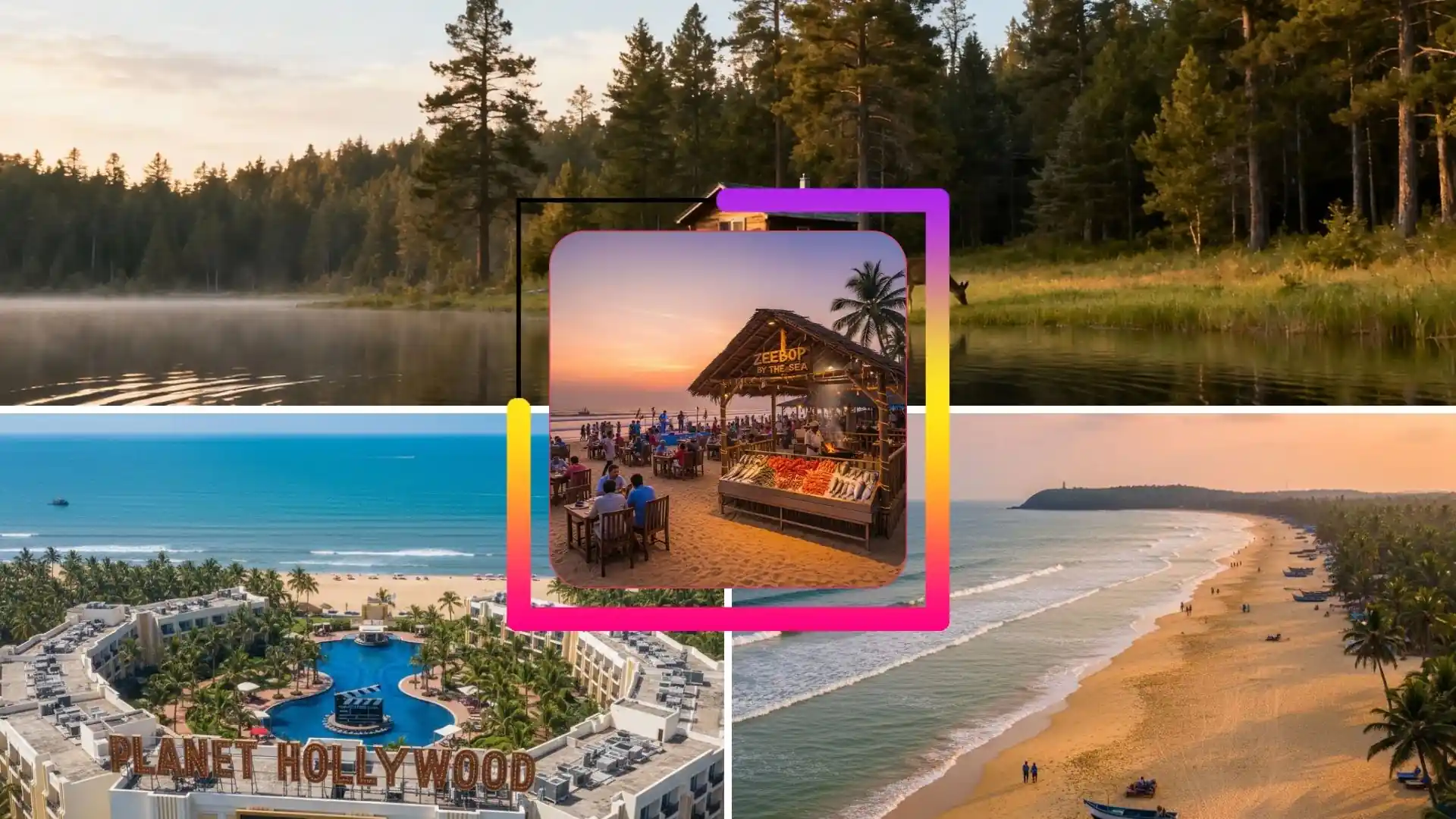


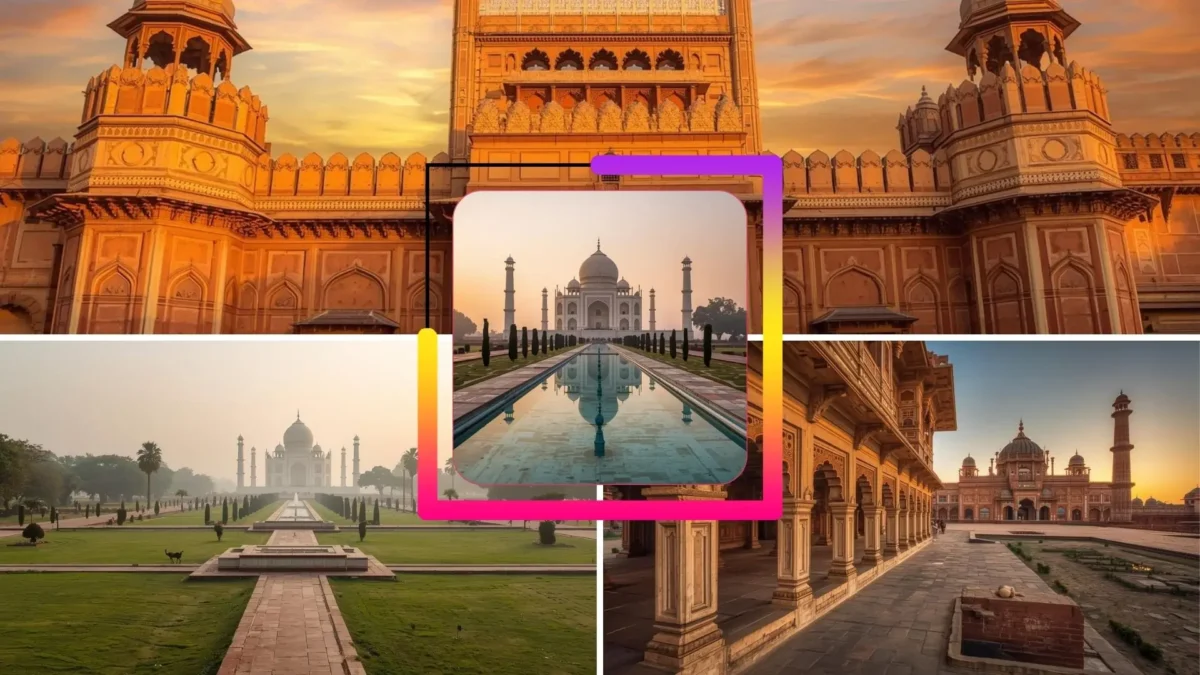
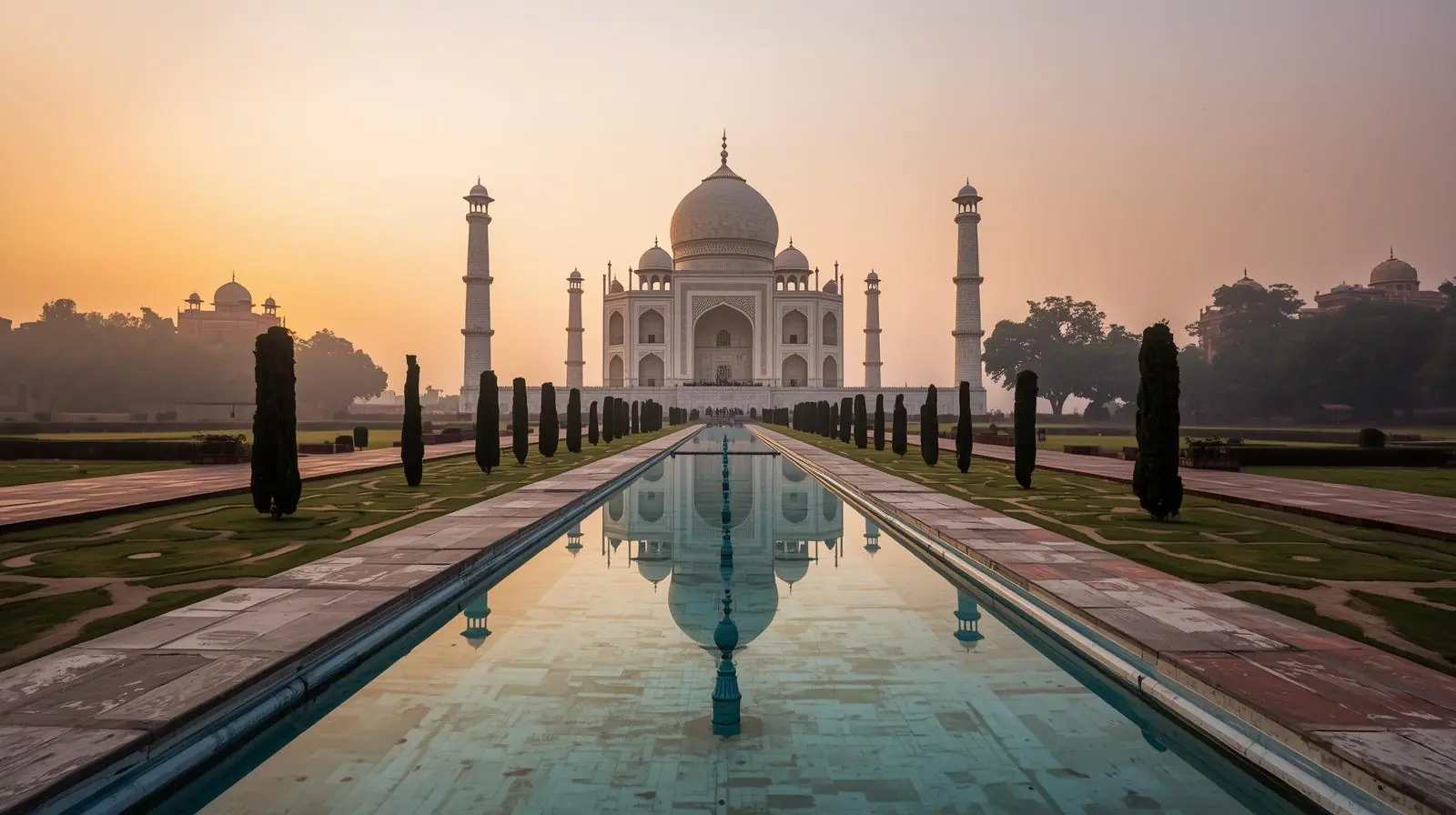
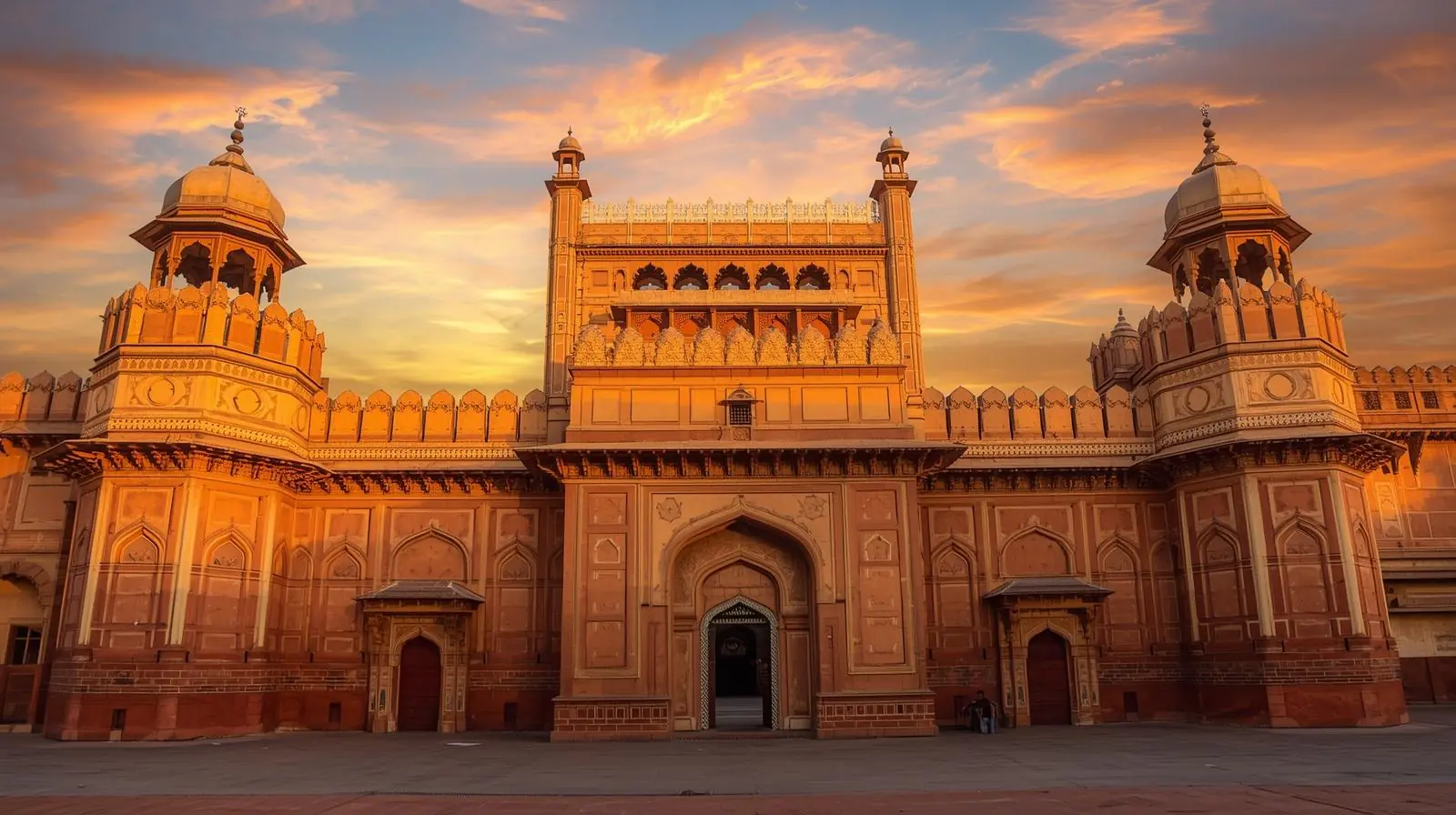
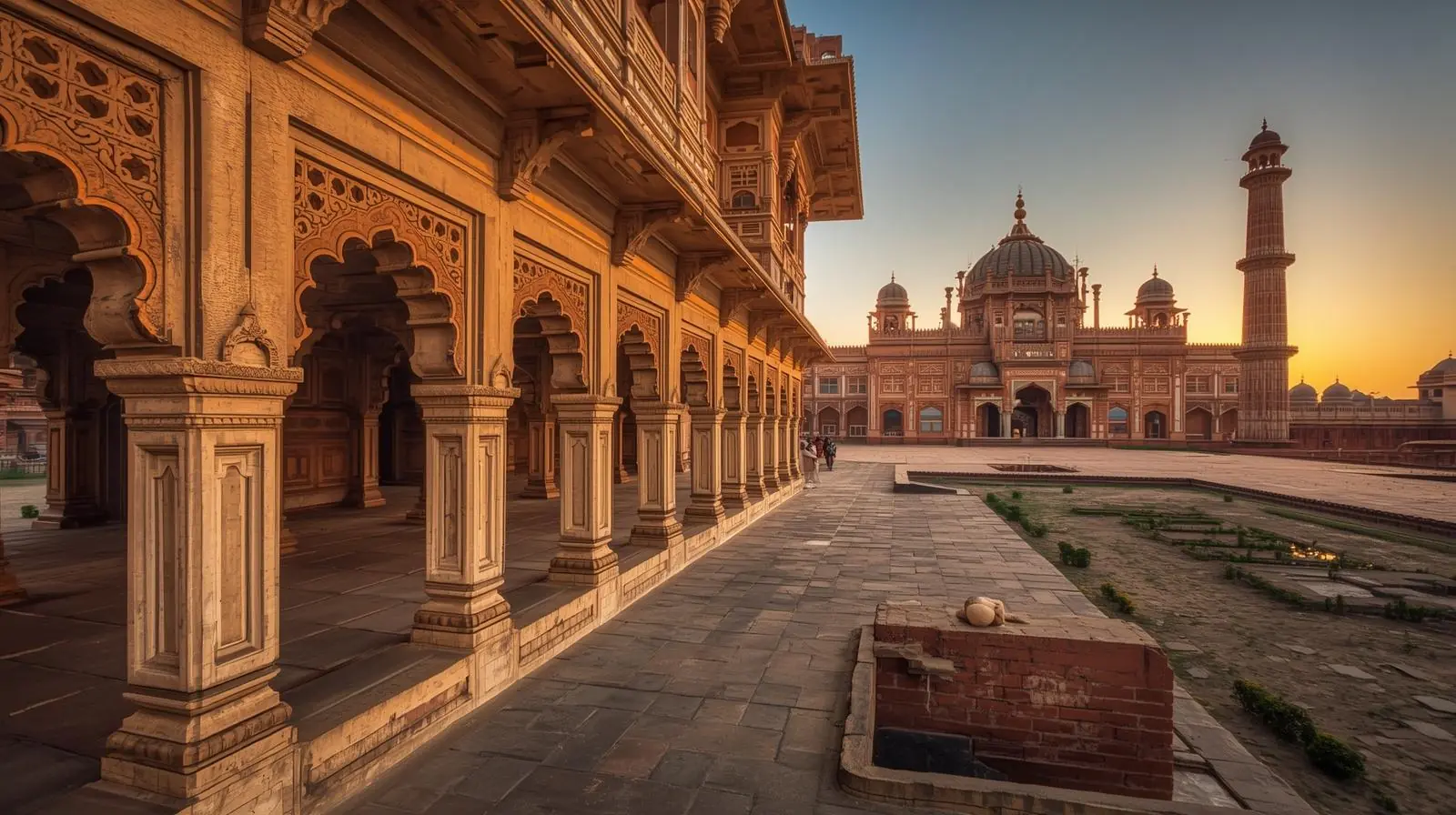

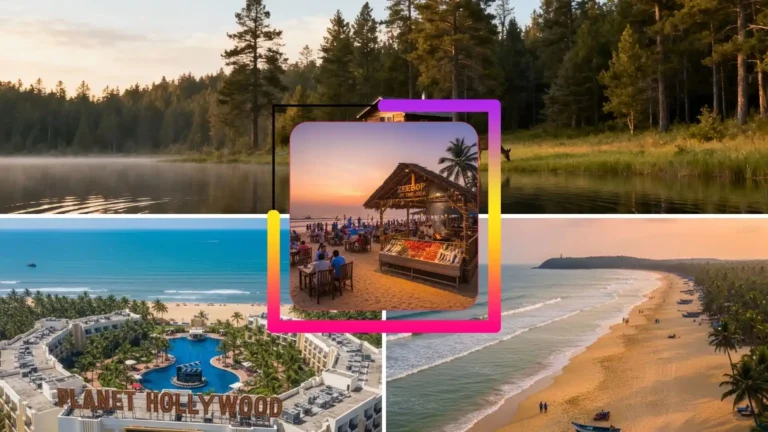





Leave a Comment